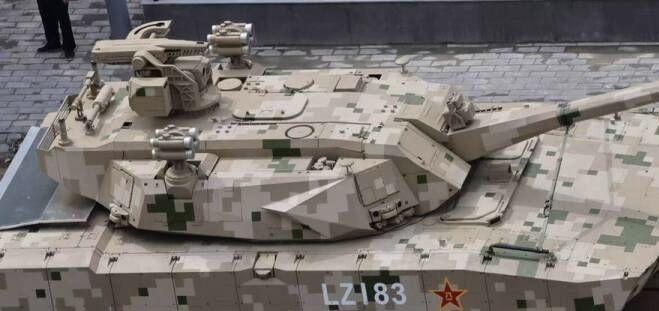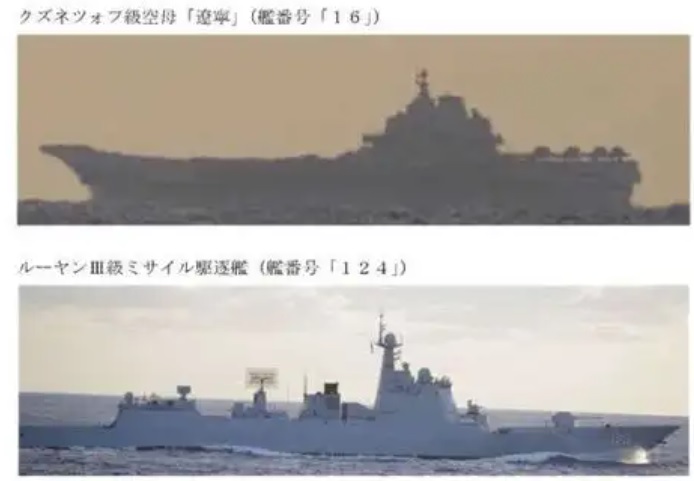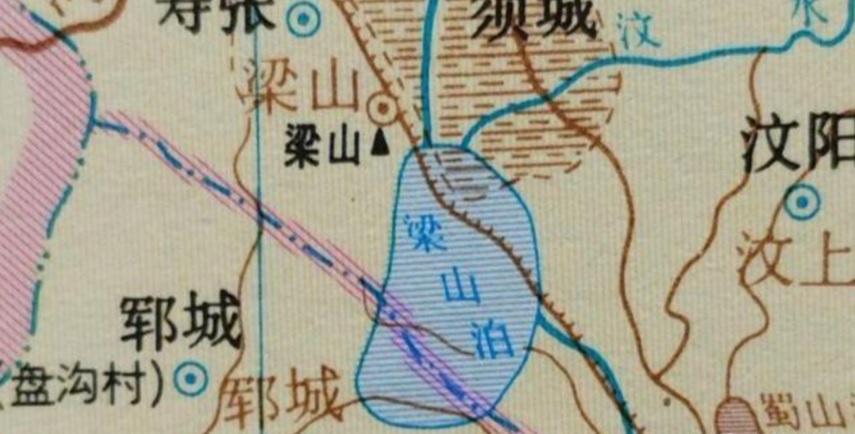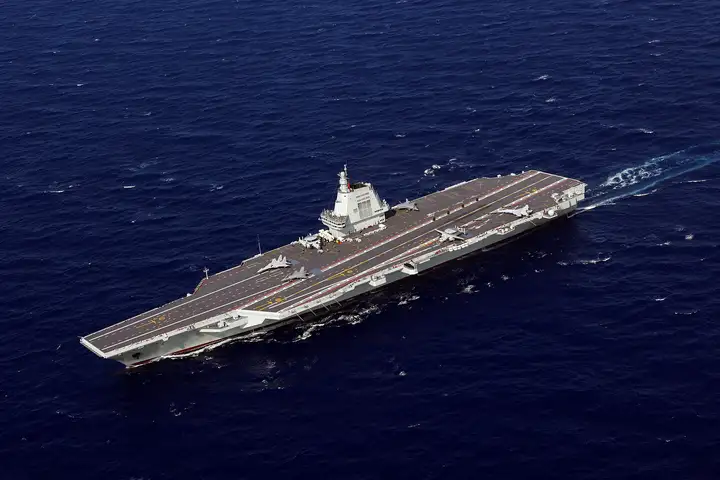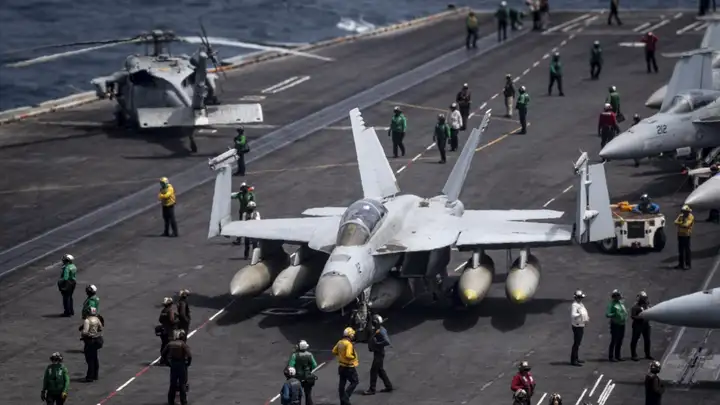How to evaluate China’s new main battle tanks and infantry fighting vehicles? Tech Leap or Overengineered?
View 1:
Electric drive has long been touted as the future. But with the Cold War over, demand for large-scale ground warfare vanished, leaving no market for it globally. Most nations just keep modifying 1970s–80s (or even 1960s) chassis, so electric drive never got its chance. A few experimental projects stalled at prototype or PPT stages. Only China, leveraging its industrial might, develops all-new chassis and mass-produces them. What’s to evaluate? It’s clearly a generation ahead. At 40 tons, crew survivability surpassing 60-ton legacy tanks is no surprise. Quad-faced AESA radar, panoramic cameras, active protection systems—tanks are converging with destroyer design philosophies. As for gun caliber… just how likely do you think this thing has VLS cells?
View 2:
Tank: Miniature land-based 052D destroyer. A “hexagonal warrior” balancing armor-penetration dynamics with information-fire integration.
- Hybrid power + mobile charging base + low-observability design.
- 2/3-person crew. Foldable antenna at rear; manned/unmanned tank compatibility. Far superior integration to Russia’s “Bear.” See reference image. Russia’s control vehicle wastes platform and crew—easily crushed by China’s new armor via Lanchester’s square law.
- Count its active protection layers:
Quad radar + 8-cell GL6 + 8-cell top-attack interceptors in armored slots + integrated laser dazzler and dual-purpose autocannon (anti-air/anti-missile). Outperforms 3rd-gen and “grub-type” tanks against drone/ATGM saturation attacks. - Unmanned turret. Still prioritizes armor-penetration. Protection adopts “Big Battleship” focused-armor logic—stack crew/control cabin and ammo bay. Turret target area halved vs. 99A, indirectly boosting defense.
If the gun is an ETC* cannon compatible with solid propellant (*Electrothermal-chemical), muzzle velocity ~2000m/s. Thermobaric shells match large-caliber guns in bunker-busting.
Even with conventional guns, HE shells concentrated on enemy tank fronts would likely destroy barrels and sensors via high-velocity tungsten cubes.
Indirect/direct fire control enables ~15km range (trajectory similar to 105mm howitzer).
The roof pod may house “thermos-sized” E-VTOL UAVs for recon/adjusting fire—or as mini kamikaze drones.
New IFV:
Information node. Adds the tank’s laser dazzler and 4-cell GL6 APS. No longer worries about infantry fratricide—suggesting “silicon soldiers” or exoskeleton-armored infantry in high-risk zones, immune to blast frags in close coordination.
Drops 100mm gun, emphasizing system-supported assaults.
Sacrifices amphibious capability for enhanced armor.
Common chassis simplifies logistics.
View 3:
Honestly, it’s odd. Frontal lower hull vulnerability to top-attack munitions is questionable—can’t just rely on APS. Feels like insufficient redundancy… Also, claiming the radar links HMG fire control to counter drones is… barely believable.
And a 105mm main gun? The L7 might dethrone the 15-inch Mk1 as Britain’s new “legacy treasure.” However “fishing-rod”-slender, it shouldn’t reliably defeat modern MBTs. Even if not fixated on armor duels, failing to mutually destroy last-gen tanks is absurd. “Information-fire integration” can’t avoid facing direct fire at 2–3km—why else mount a high-velocity gun?
Overall, it’s like a Type 15 Light Tank++… but the PLA wasn’t keen on fielding those either. Weird.
View 4:
Fully ditches long-range plains tank duels; embraces long-range “spot-the-difference” and ambush warfare.
- Mobility > raw power: China prioritizes high ground clearance (99-series hulls are T-72-thin but taller, increasing volume). After mastering hydropneumatic suspension reliability, the Type 15 adopted it. New tank likely follows.
- Fire doctrine: Korean War “shoot-and-scoot” camouflage duels (“spot-the-difference games”) prioritized long-range accuracy. Emphasizes fire control for moving targets and autoloader speed on the move. High penetration takes a backseat to better sensors for farther/faster target acquisition.
- Survivability: Lessons from Korean mountains/island battles show tanks are lost mainly to ammo detonation or critical-component hits (e.g., turret ring), making repairs futile. Rarely are they “finished off” like in Europe/Mideast. Quick field repairs post-hit matter most. Hence, all three East Asian powers focus on thick, modular frontal armor. (Fun fact: Monolithic armor outperforms modular in weight/protection per area and thickness.)
View 5:
No rule bars heavy MBTs from advanced electronics. But since APS/info-systems are costly, “cheap light tanks” become unviable—as seen with fighters. To realize the drone-proof fantasy, you’d need to shrink and cram SPAA gear into a tank (and still miss targets). If APS/info-systems are heavy, light tanks sacrifice armor and die to autocannons/FPV drones. If light, why not put them on heavy MBTs with room to upgrade? The “Dual Ridiculous”* is likely a detour—like a certain medium fighter—soon replaced by 6th-gen/heavy MBTs.
(“双离谱” = internet slang for China’s rumored light-heavy dual-track tank program)*
View 6:
Photos don’t do it justice.
The video’s most stunning aspect? Sound. This 40+ ton tracked beast rolling down Chang’an Avenue is quieter than typical fuel vehicles.
